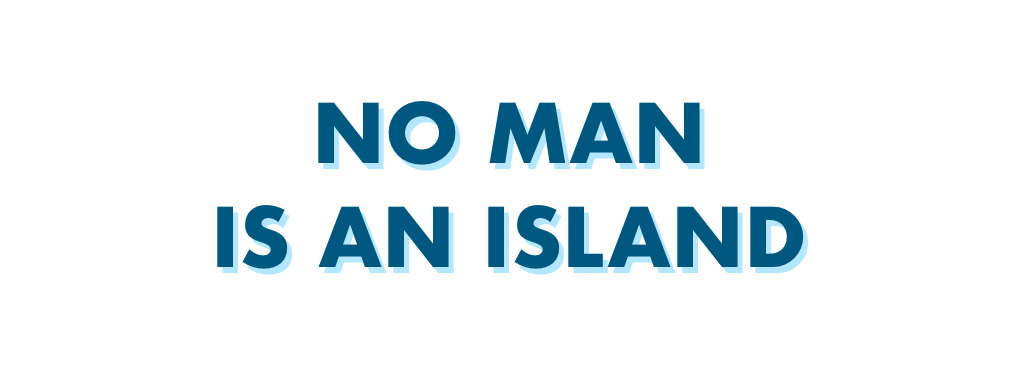
A Product Designer riding into battle — Andrew Yardley
Product Design is a lot like warfare.
Think about it. Users are the enemy. Like Clone Troopers straight out of Episode II, they are legion. Their numbers are seemingly without end. Without fail and without relent they will come at you, poking holes in your design, finding its fatal flaws and breaking your product in ways that you cannot even fathom.
They will leave you utterly defeated, only for you to crawl back to your design grotto, wipe your tears with rejected mockups and console yourself with dreams of rounded corners and velvety drop shadows. And yet you stand up and return to the whiteboard, ready to fight another day.
To combat these endless attacks, us designers need to build iron-clad, bulletproof products. We need to be able to anticipate the enemy’s every move and strive to always be at least one, if not several steps ahead.
Luckily for us, Sun Tzu, the granddaddy of warfare and cryptic one-liners, has some advice that can help us win the war on users.


“If you know the enemy and know yourself, you need not fear the result of a hundred battles. If you know yourself but not the enemy, for every victory gained you will also suffer a defeat. If you know neither the enemy nor yourself, you will succumb in every battle”
To understand how the enemy operates, we need to get inside their heads. We need to think like the user, to be able to understand how and where they will strike.
How will we do that, you ask? By creating personas for our users.
Personas, a rendition of a fictional user, allow us to categorise the user base and attempt to reconstruct how they might interact with the product, which paths they will take and what their goals are. By analyzing the different types of users, we can anticipate how they navigate through the different layers of the product and see where they might run into issues.
By thinking about the different types of users and their plan of attack, we are forced to not only get to know their behavioural patterns, but also required to learn all the intricacies of our product inside and out. We are forced to look inward and identify the potential flaws and redundancies within the product, before releasing it out into the wild. This way, we are prepared to deal with whatever the user might throw at us.


“Thus it is that in war the victorious strategist only seeks battle after the victory has been won, whereas he who is destined to defeat first fights and afterwards looks for victory. ”
There is no sense in going to battle without a plan. And the key to developing a plan is to anticipate what your enemy will do. Achieving a victory in the field can only be accomplished once a victory has been achieved on paper.
In practice, this translates to “Don’t boot up your fancy Macbook and start conjuring up snazzy designs until you know who and what you’re designing for” There is no sense in starting to think in terms of nifty buttons or those sweet, geometric curves on Circular, before you know what you’re up against.
Planning for a victory over the user requires knowing what their goals are, what steps they will take to achieve those goals and what your product needs to deliver on in order for them to complete these goals. Ideally, we want to minimize the number of steps taking to achieve a certain goal to the lowest possible number.
By writing user stories — a quick one or two sentences on what the user is after — we will be able to construct flows that show how a user will likely make their way through a product and identify redundant steps. Much like the previous proverb, Sun Tzu tells us to think like our enemy, to anticipate what they will do and to have an answer for their every move.


One may know how to conquer without being able to do it
No man is an island —and yes, I know that’s a John Donne quote, who was not at all Chinese — meaning we must work together. Even if you possess the knowledge to conquer a problem, you might not be able to achieve your solution without the help of others.
A team provides you with the opportunity to demonstrate your proposed solutions to others, who might be able to see flaws you’ve overlooked or propose a different, simpler solution. Much like the creation of user personas, collaboration will allow you to analyze an issue from multiple angles. Each team member brings a unique perspective to the table, which may help you crack a problem in ways you hadn’t thought of before.
Even if you’re a unicorn, that mythical designer who is at once a master of design as well as an excellent developer, who can independently develop entire products from start to finish, you still can’t beat the feedback loop that a well-functioning team provides. Nor the time you save by letting others handle part of the workload.
